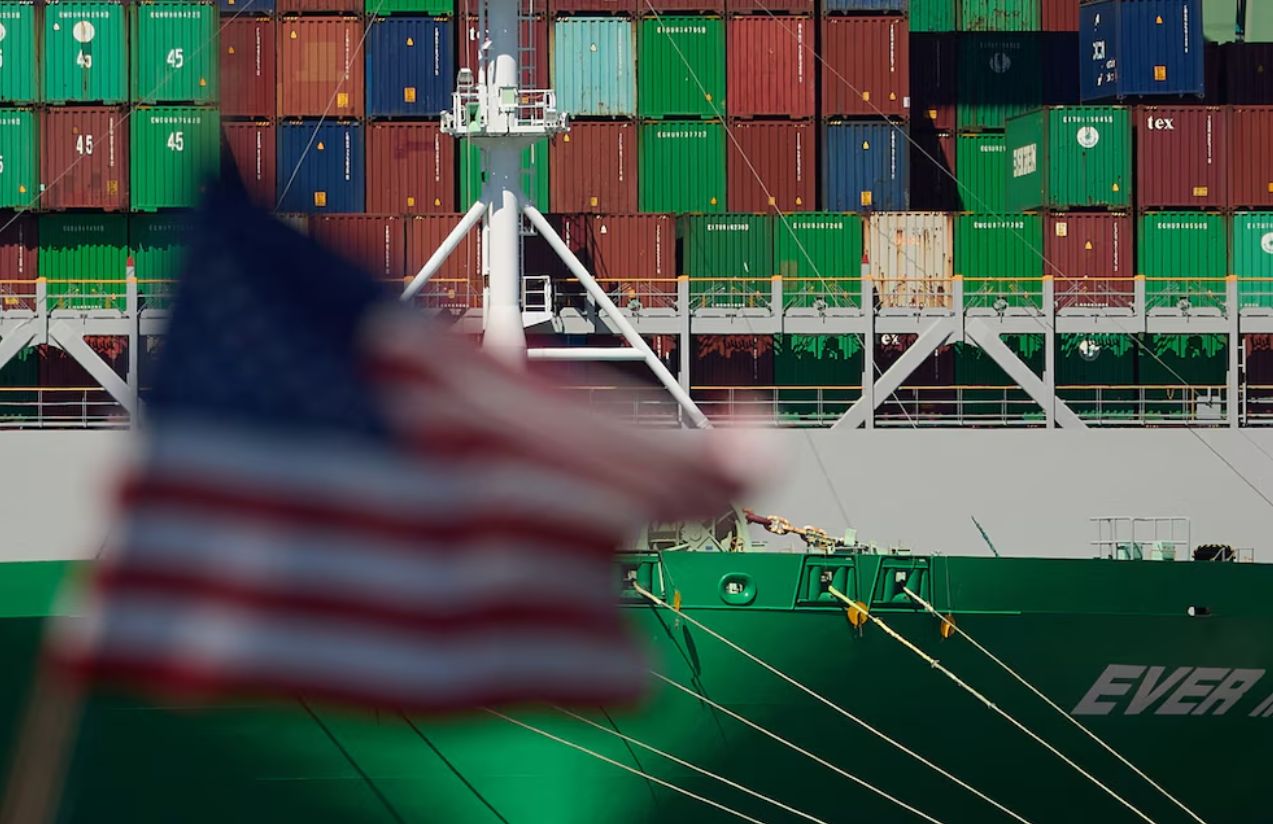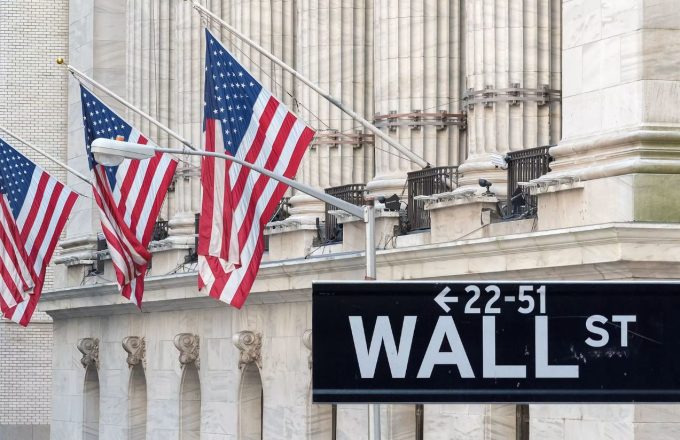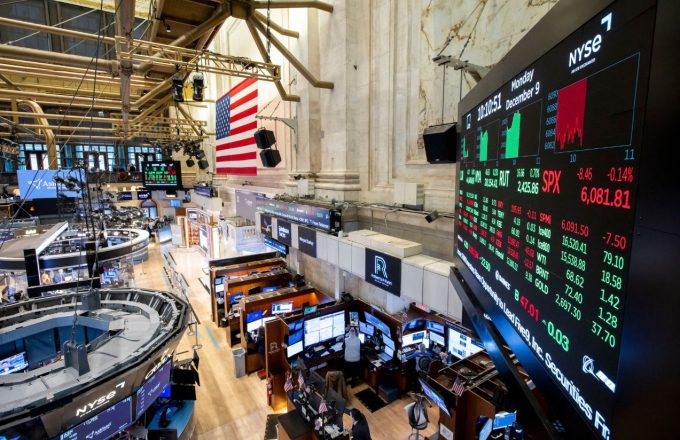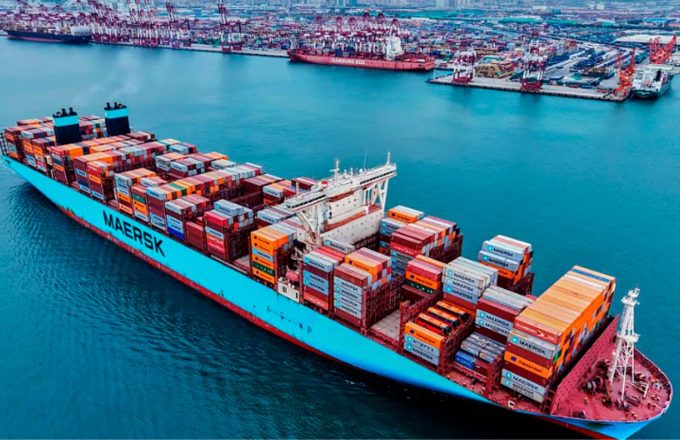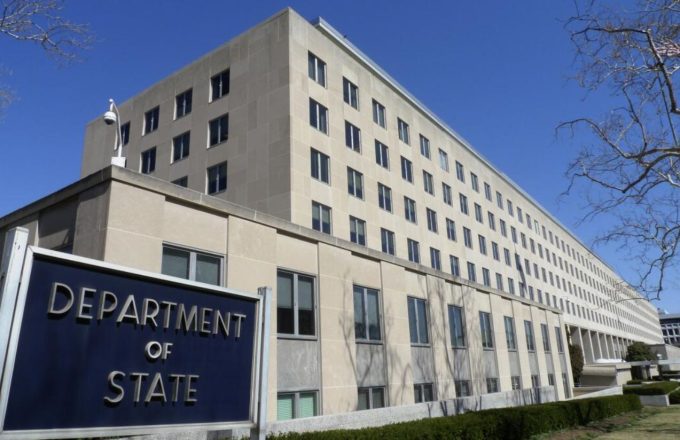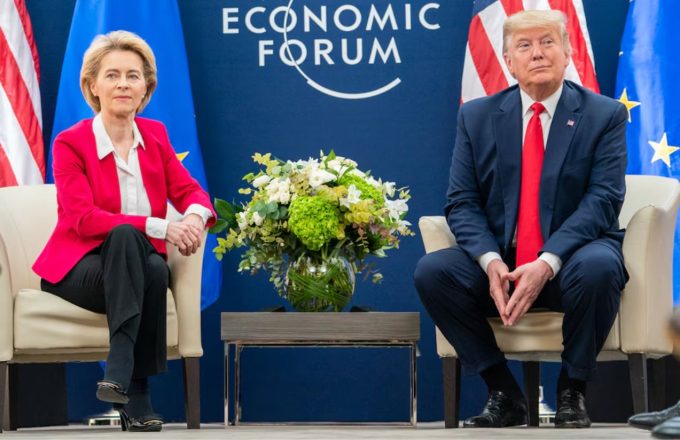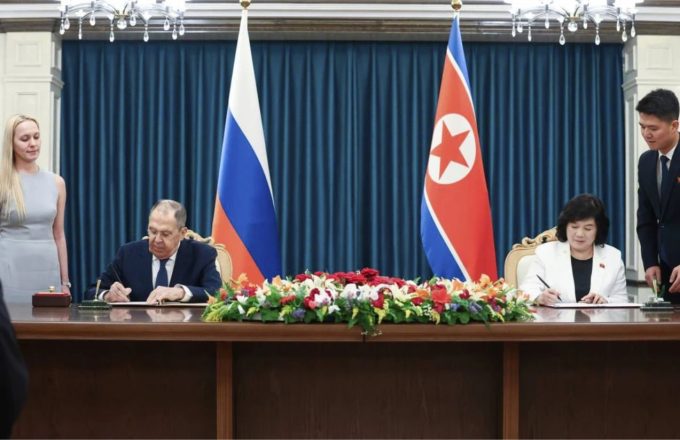China’s exports grew by 4.8% year-on-year in May, according to official data released on Monday. The figure fell short of the 6% forecast by analysts and was a sharp slowdown from April’s 8.1% growth, underscoring a loss of momentum just hours before a new round of trade negotiations between Beijing and Washington in London.
Imports also declined, falling 3.4% from the same month last year, adding further strain on the world’s second-largest economy. Despite the weaker demand, China posted a robust trade surplus of $103.2 billion.
Trade with the United States painted a more troubling picture: Chinese exports to the U.S. plummeted 34.5% year-on-year, to $28.8 billion, deepening the 21% decline seen in April. Meanwhile, imports from the U.S. dropped 18%, following a 13.8% fall the previous month.
The contraction comes amid lingering bilateral tensions that go well beyond tariffs, including disputes over semiconductors, critical minerals, and academic restrictions on Chinese students in American universities.
Not all the trade data was bleak. Shipments to Southeast Asia rose a solid 14.8%, while exports to the European Union increased by 12%, offering a glimmer of relief. “The acceleration in exports to other markets has helped keep China’s trade performance relatively resilient in the face of the trade war,” said Lynn Song, chief economist for Greater China at ING.
Part of the month-on-month slowdown stems from businesses front-loading orders in April to avoid new tariffs—some of which were ultimately suspended under a deal reached in Geneva. That agreement established a 90-day freeze on mutual tariff hikes.
In addition to external pressure, China is facing headwinds at home. The consumer price index fell 0.1% in May, marking the fourth consecutive month of decline, mainly due to lower food prices—an indicator of weak domestic demand.
The industrial outlook is even gloomier: producer prices dropped 3.3% year-on-year, the worst performance in nearly two years. This suggests Chinese manufacturers not only face falling revenues but also have little room to pass on costs to consumers.
Against this backdrop, high-level delegations from China and the United States are meeting in London on Monday in a bid to extend the fragile trade truce agreed upon last month in Switzerland. The U.S. delegation is led by Treasury Secretary Scott Bessent, Commerce Secretary Howard Lutnick, and Trade Representative Jamieson Greer. China is once again represented by Vice Premier He Lifeng.
“The meeting should go very well,” President Donald Trump wrote on his Truth Social platform. Speaking to Fox News, White House spokesperson Karoline Leavitt said the U.S. expects China “to hold up its end of the deal” made in Geneva.
That agreement temporarily reduced tariffs—from 145% to 30% on Chinese imports to the U.S., and from 125% to 10% on U.S. goods entering China—for a period of 90 days. But Washington has since accused Beijing of failing to fully implement its commitments.
Beijing, meanwhile, has called for efforts to “steer the great ship of U.S.-China relations back on course,” according to Chinese state media reports following a recent phone call between Presidents Xi Jinping and Donald Trump.
The United Kingdom, hosting the talks, has remained neutral. A government spokesperson stated that “a trade war benefits no one” and expressed support for the negotiations.
One of the most sensitive issues on the agenda is the trade of rare earth elements—critical materials for electric vehicle batteries and high-tech devices. China exported 5,865 tons of these minerals in May, up from April but still below the volume shipped in May last year.


